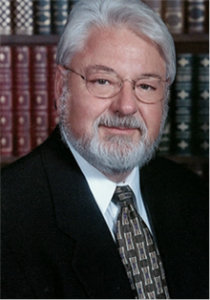
Dr. William Judy holds a Ph.D. in physiology and bio-physics, he taught physiology for many years in the Indiana University College of Medicine, and he has been doing research on the absorption and effects of Coenzyme Q10 for 30 years now. He is currently the chairman of SIBR Research.
How do we get optimal amounts of Coenzyme Q10 to produce the energy that we need? That is the question that I asked of Dr. Judy. I wanted Dr. Judy to tell me what conclusions he has arrived at based on his own CoQ10 research studies and on his reading of other CoQ10 research studies. In what follows, I have summarized many of the important points that Dr. Judy makes.
Subject: the body’s own synthesis of CoQ10
The liver, because of its rather large mass, produces relatively more Coenzyme Q10 than other organs do. In fact, Dr. Karl Folkers thought that the endogenously produced CoQ10 in the blood comes primarily from the liver. But, Dr. Judy tells me, other organs – the heart, the kidneys, the brain – certainly do also produce Coenzyme Q10. And, actually, some Coenzyme Q10 is being synthesized in practically all of the cells in the body that have healthy mitochondria. After all, every cell in the body needs energy to carry out its functions, and the energy production process requires the presence of ubiquinone Q10.
Subject: the form of the Coenzyme Q10 synthesized in the body
Dr. Judy says that the CoQ10 synthesized in the cells is all in the form of ubiquinone Q10. Please note that he is talking about the 17-step process that is required to make CoQ10. He is not talking here about the redox reactions that convert ubiquinone to ubiquinol and vice-versa. He is talking about the actual synthesis of new ubiquinone Q10.
Subject: factors affecting the body’s synthesis of CoQ10
Remember, says Dr. Judy, the body’s own production of Coenzyme Q10 peaks about age 21 and then begins to decline (5). By age 40 or 45, when most people are still active, the body’s own production will have fallen enough that more Q10 will be needed, either from the diet or from a supplement. In athletes and in people who exercise strenuously (people who go to Gold’s Gym regularly), the need may occur at an even earlier age. And, of course, at some point, perhaps in the 60s, an otherwise healthy man or woman may be producing only half as much Coenzyme Q10 as he or she did at age 21. Dr. Karl Folkers thought that most people, healthy or not, would have a CoQ10 deficiency by age 65.
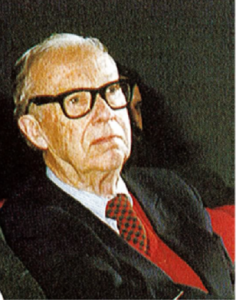
Together with colleagues, Dr. Karl Folkers found low plasma Q10 concentrations to be associated with congestive heart failure, taking statin medications, low energy syndromes, auto-immune diseases, endocrine and metabolic diseases, poor nutrition, and aging.
So, at a minimum, factors such as age, diet, disease conditions, exercise, fitness, and taking a statin medication will affect the body’s continuing ability to produce Coenzyme Q10 (3). All of us will reach a point at which we need Q10 supplements.
Subject: the absorption of Coenzyme Q10 from the diet
The primary source of CoQ10 in the diet is animal protein (7). Vegetarians and vegans have, consequently, an even greater need for CoQ10 supplementation than meat eaters do. Dr. Judy points out that much of the CoQ10 in animal protein ends up in the bottom of the cooking pot or pan. In earlier times, the drippings from cooked meat were used to make gravy and sauces, and people got CoQ10 from the gravy or the sauce. But, most of us no longer eat much gravy or sauces, and we get correspondingly less CoQ10 from the meat that we eat.
Subject: the absorption of the ubiquinone form of Coenzyme Q10
The fat-soluble Coenzyme Q10 substance is known to be difficult to absorb. Dr. Judy’s own research has shown him that Coenzyme Q10 taken in the form of a well-formulated ubiquinone Q10 supplement will typically be absorbed at a rate of 3 to 4 percent. An exceptionally well-formulated ubiquinone supplement dissolved in the proper vegetable oils and properly pre-treated to avoid the re-crystallization of the Q10 raw material inside the capsule may give as much as 8 percent absorption. In other words, the person who takes a 100 mg capsule may absorb 3 or 4 or 8 milligrams of CoQ10. Claims for better absorption are most likely false.
Taking 100 mg of CoQ10 twice a day, always with a meal, will result in higher absorption than taking 200 mg of CoQ10 at one meal.
Subject: the absorption of the ubiquinol form of Coenzyme Q10
Dr. Judy’s studies show that the same absorption percentages hold for people taking ubiquinol supplements. The marketing claims for 300 percent better absorption of ubiquinol seem to be based on comparisons done with dry powder Q10 supplements or Q10 supplements with Q10 crystals in oil. According to Dr. Judy, the absorption of the best ubiquinone Q10 supplements compares favorably with the absorption of the ubiquinol supplements.
Ubiquinol an unstable form of Coenzyme Q10
The thing is, Dr. Judy’s studies show that the ubiquinol in supplements is very unstable. The ingested ubiquinol is converted – through redox reactions – to the ubiquinone form of Coenzyme Q10 in the stomach and the small intestine. Then, the ubiquinone form of Coenzyme Q10 is absorbed. It is when the ubiquinone Q10 passes from the absorption cells in the small intestine to the lymph that the conversion to ubiquinol takes place.
Subject: the Coenzyme Q10 in the lymph and the blood
This is important. Dr. Judy says that, regardless of the form in which it is ingested, Coenzyme Q10 is absorbed in the form of ubiquinone. In the lymph and the blood, then, 90-95 percent of the absorbed Coenzyme Q10 has been converted to the form of ubiquinol.
Dr. Judy explains that each redox form of Coenzyme Q10 has an important function in the body. The oxidized form, the ubiquinone, is essential for the production of ATP, the basic units of energy in the body. The reduced form, the ubiquinol, is valuable for its antioxidant function, for its ability to donate electrons and quench harmful free radicals.
Logically, Coenzyme Q10 is needed more in its antioxidant form in the lymph and in the blood. For Dr. Judy, the interesting research question now is understanding the mechanism by which the Coenzyme Q10 leaves the blood and enters the cells in the tissues. In the cells and tissues, then, the ubiquinol molecules donate electrons and convert back to the ubiquinone form, the form that is needed for the process of producing energy in the cells.
Subject: Coenzyme Q10 as redox molecules
Redox as a name for a chemical reaction is the contraction of oxidation and reduction. Oxidation is the donating of electrons by a molecule, and reduction is the accepting of electrons by a molecule. Ubiquinone, the oxidized form of Coenzyme Q10, is ready to accept electrons in the electron transfer chains in the mitochondria. Ubiquinol, the reduced form of Coenzyme Q10, has two electrons that it is ready to donate to free radicals needing one or two electrons to become stable.
The important thing to remember, says Dr. Judy, is that Coenzyme Q10 molecules in the body convert back and forth from the oxidized form to the reduced form many times. It is not as though a molecule serves to facilitate energy production or to quench free radicals and then no longer exists.
At one time, Dr. Peter Mitchell – who had discovered the role of CoQ10 in cellular energy production – believed that the body could never run out of CoQ10 (no deficiency). Dr. Mitchell seemed to think that the redox mechanism between ubiquinone and ubiquinol would keep on recycling CoQ10 forever. However, it is clear that Coenzyme Q10 molecules, like everything else, eventually wear out.
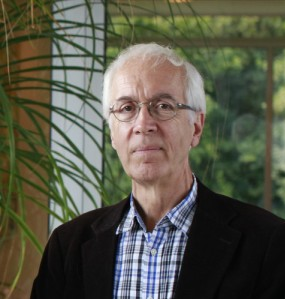
Dr. Svend Aage Mortensen, University of Copenhagen Hospital cardiologist who was the lead researcher on the randomized, double-blind, placebo-controlled Q-Symbio study of the effect of Q10 supplementation on chronic heart disease patients.
Subject: Link between low plasma Q10 levels and heart disease
Early on in the history of CoQ10 research, Dr. Folkers and Dr. Littarru proved that congestive heart failure patients have low plasma CoQ10 levels (2). Now we have gold standard clinical trials that show that supplementation with a well-formulated Coenzyme Q10 significantly improves the symptoms and survival of chronic heart failure patients, significantly reduces the cardiovascular mortality and the hospitalization rates in elderly citizens, and significantly improves symptoms such as fatigue, headaches, irritability, memory problems, and muscle pain in Gulf War veterans.
- Dr. Svend Aage Mortensen et al. (2014). The Q-Symbio study (6).
- Dr. Urban Alehagen et al. (2013). The KiSel-10 study (1).
- Dr. Beatrice Golomb et al. (2013). The Gulf War Illness study (4).
Sources:
- Alehagen, U., Johansson, P., Björnstedt, M., Rosén, A., & Dahlström, U. (2013). Cardiovascular mortality and N-terminal-proBNP reduced after combined selenium and coenzyme Q10 supplementation: a 5-year prospective randomized double-blind placebo-controlled trial among elderly Swedish citizens. International Journal of Cardiology, 167(5), 1860-1866.
- Folkers K, Vadhanavikit S, Mortensen SA. Biochemical rationale and myocardial tissue data on the effective therapy of cardiomyopathy with coenzyme Q10. Proc Natl Acad Sci U S A 1985;82:901-4.
- Folkers K, Langsjoen P, Willis R, Richardson P, Xia LJ, Ye CQ, et al. Lovastatin decreases coenzyme Q levels in humans. Proc Natl Acad Sci U S A 1990;87:8931-4.
- Golomb, B. A., Allison, M., Koperski, S., Koslik, H. J., Devaraj, S., & Ritchie, J. B. (2014). Coenzyme Q10 benefits symptoms in Gulf War veterans: results of a randomized double-blind study. Neural Computation, 26(11), 2594-2651.
- Kalen A, Appelkvist EL, Dallner G. Age-related changes in the lipid compositions of rat and human tissues. Lipids. 1989;24(7):579–584.
- Mortensen, S. A., Rosenfeldt, F., Kumar, A., Dolliner, P., Filipiak, K. J., Pella, D., & … Littarru, G. P. (2014). The effect of coenzyme Q10 on morbidity and mortality in chronic heart failure: results from Q-SYMBIO: a randomized double-blind trial. JACC. Heart Failure, 2(6), 641-649.
- Weber C, Bysted A, Hølmer G. The Coenzyme Q10 content of the average Danish diet. Int J Vitam Nutr Res 1997;67:123-9.


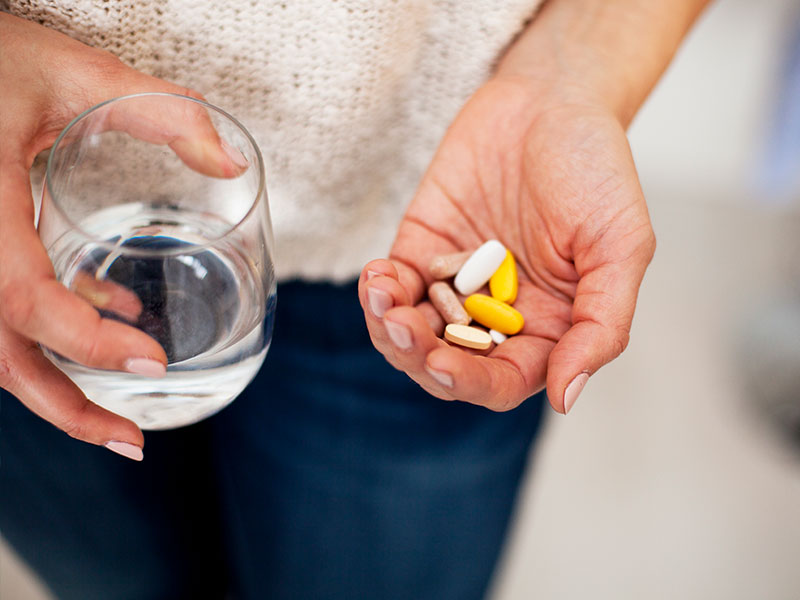
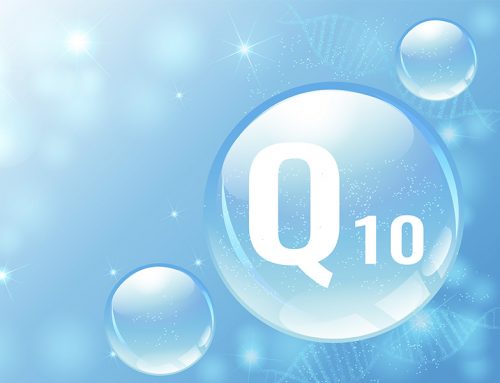

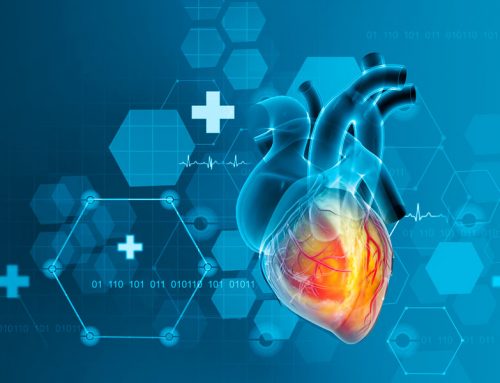



I am 6 weeks pregnant, 44 years old and was told by Dr Naturopath to start taking 100mg of CoQ10. Is it safe to take during pregnancy?
Dear Monae,
Very good question. You must consult your physician about taking Coenzyme Q10 while pregnant.
We have not seen any reports of harm to pregnant women taking Coenzyme Q10 nor any reports of harm to the child.
But we do not have any studies of Coenzyme Q10 administration to pregnant women, so we have no data.
Dr. Judy has seen increased energy in Prader-Willi-Syndrome infants supplemented with Coenzyme Q10.
Thank you,
Richard
I am trying to make sense of this study;
https://www.ncbi.nlm.nih.gov/pmc/articles/PMC4175033/
It seems to lead to a possible inference that increased CoQ10 (not talking about supplements but about body parts) may result in more pregnancy complications. This is not to say that supplementation has a negative effect, and the opposite can even be true.
And we know that CoQ10 (200mg/day) has been show to reduce pre-eclampsia in at-risk woman significantly (https://www.ncbi.nlm.nih.gov/pubmed/19154996).
What are your thoughts on the study – how do you read it?
Hi, Roel,
Thank you for bringing these studies to my attention.
To be honest, I have only every thought of CoQ10 and pregnancy and breastfeeding in terms of increasing cellular bio-energetics for the mothers.
These studies focus on oxidative stress issues and on pre-eclampsia, also interesting.
Let me ask Dr. Judy about his take, and then I will get back to you.
Thank you,
Richard